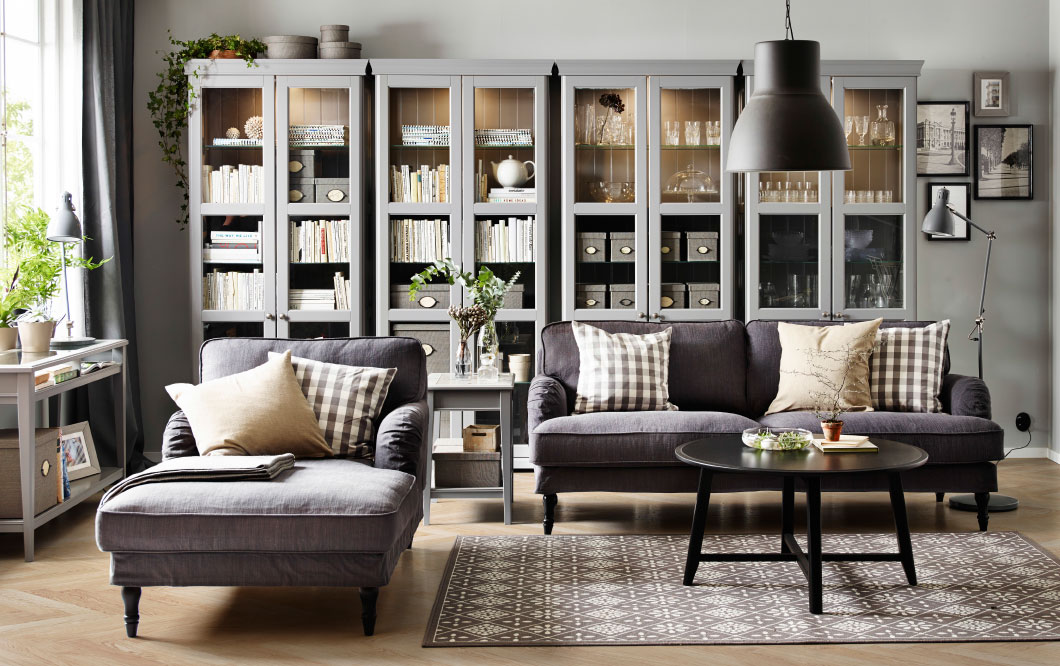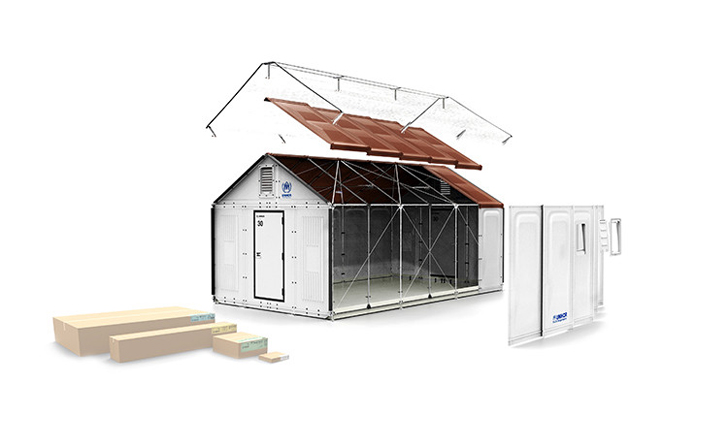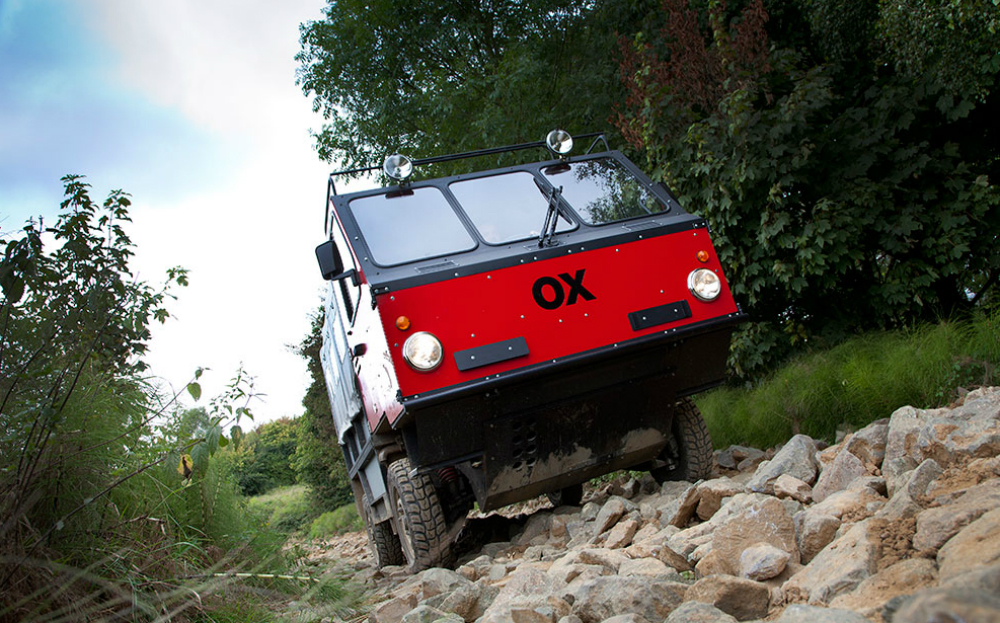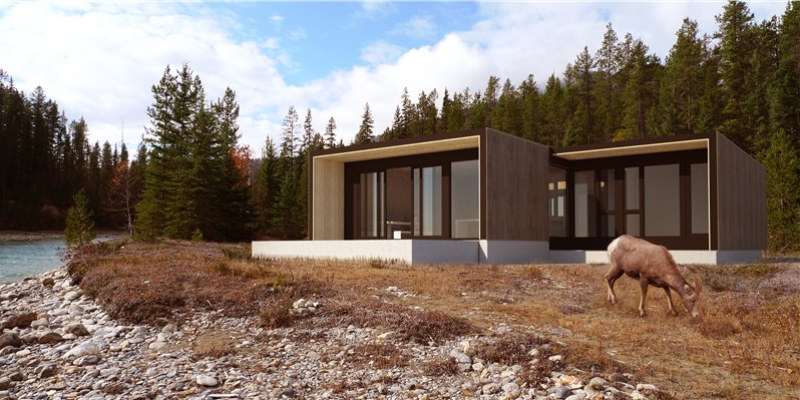“Identify and area or issue with a cultural; social or environmental impact where you believe creative thinking and design could make a difference.”
Prior to the 1950s most furniture hand a strong sense of craft and skilled workmanship associated with its manufacture. Solid timber was generally used in construction to create high-quality furnishings. However, storage and transport of these items became a significant problem for retailers. The solid assembly of the furniture meant that there was limited space for stock available in stores and shipping costs were extremely high. There was a huge gap in the market for low-cost furniture with an easy transport solution.

It's believed that Gillis Lundgren invented the concept of self-assembly, flat pack furniture for Ikea in 1956. Since then, Ikea and other flat pack manufacturers have shaped the way we experience furniture within our homes. Ease of transport and low prices have persuaded consumers to become involved in the assembly of their own furnishings. Nowadays it's pretty rare to find a household that doesn't have at least one "flatpack-style" product.
Flat Pack - a piece of furniture or other equipment that is sold in pieces packed flat in a box for easy transport and is assembled by the buyer.

Over the last 60 years, the concept of "flat pack" has revolutionised the furniture industry. In recent times, the "flat pack" way of thinking has expanded into other areas of design, from everyday household products to transport and architecture. The "shoddy assembly" and "poor quality" labels associated with the flat pack world are being stripped back to reveal an innovative design future.



Flat pack is becoming more and more relevant as we encounter the age of sustainability, emergency humanitarian and critical design. How can flat pack design help save our environment? How can we tackle world crises using flatpack design? Is flat pack design the future?